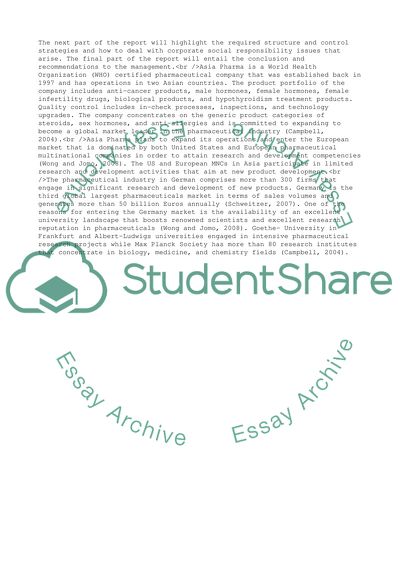Cite this document
(International Business in Emerging Economics Report Example | Topics and Well Written Essays - 2000 words, n.d.)
International Business in Emerging Economics Report Example | Topics and Well Written Essays - 2000 words. https://studentshare.org/business/1811110-international-business-in-emerging-economics
International Business in Emerging Economics Report Example | Topics and Well Written Essays - 2000 words. https://studentshare.org/business/1811110-international-business-in-emerging-economics
(International Business in Emerging Economics Report Example | Topics and Well Written Essays - 2000 Words)
International Business in Emerging Economics Report Example | Topics and Well Written Essays - 2000 Words. https://studentshare.org/business/1811110-international-business-in-emerging-economics.
International Business in Emerging Economics Report Example | Topics and Well Written Essays - 2000 Words. https://studentshare.org/business/1811110-international-business-in-emerging-economics.
“International Business in Emerging Economics Report Example | Topics and Well Written Essays - 2000 Words”. https://studentshare.org/business/1811110-international-business-in-emerging-economics.


